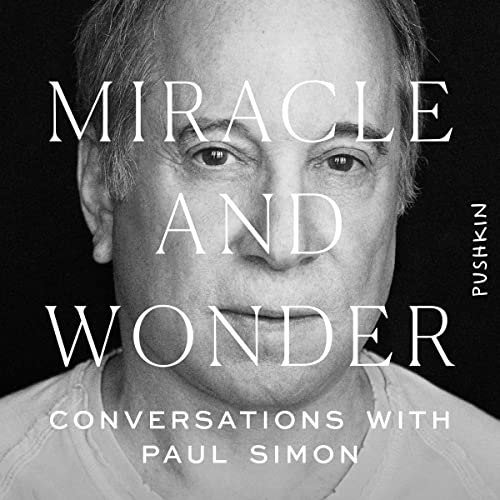You have /5 articles left.
Sign up for a free account or log in.
 Miracle and Wonder: Conversations With Paul Simon by Malcolm Gladwell and Bruce Headlam
Miracle and Wonder: Conversations With Paul Simon by Malcolm Gladwell and Bruce Headlam
Published (released?) in November 2021
The news has been filled with stories of the struggles of higher education to adapt to the realities of Omicron.
We all seem to be doing our best to navigate an educational environment that is partly analog and partly digital, but optimized for neither.
Face-to-face learning at residential institutions is the expectation. But the realities of infection and risk, worry and constraints, constantly challenge our abilities to return to an educational normal.
Mostly, I’m happy that most residential colleges and universities are back to primarily in-class learning, or at least have a plan to get there. As I read things, the costs to student well-being of continued remote education would now (mostly) outweigh the health risks of a (masked) return to the classroom.
While I am relieved about the commitment of most college and university leaders to push toward a residential normalcy, I continue to wonder what might have been if we had better anticipated the current public health situation back in the summer.
How much more educationally resilient would our institutions now be if we had prepared for more seamless course delivery across in-person and digitally mediated modalities?
One lesson of the pandemic is that remote education is terrible, but online learning is excellent. The difference between the two is that remote learning is reactive, unplanned and underresourced—whereas online learning is proactive, well planned and expensive to get right.
All this brings me to Miracle and Wonder, an audiobook of conversations between Paul Simon and co-authors Malcolm Gladwell and Bruce Headlam.
For a minute, set aside where you stand as a fan of Paul Simon’s music and Malcolm Gladwell’s writing. I’m a big fan of both, so of course, I loved this audiobook.
Instead, think about how Miracle and Wonder utilizes digital storytelling to create a listening experience that goes beyond what is possible in traditional book form. By combining music, interviews and narrative, Miracle and Wonder transports the reader into the genius of Paul Simon’s songwriting.
Gladwell did not set out to write a biography of Paul Simon. A couple of good biographies of Paul Simon have already been written. Instead, what Gladwell was after was to understand how Simon’s career as a songwriter has evolved over the many decades he has been writing. In Miracle and Wonder, we hear Simon talking about the craft of songwriting as we listen to the evolution of his music.
Through his company Pushkin Industries, co-founded with Jacob Weisberg, Gladwell seems to be intent on pushing the boundaries of book-length narratives.
Both Miracle and Wonder and his last book, The Bomber Mafia, combined nonfiction storytelling with audio clips and interviews. The writing is no less engaging and complex than a traditional nonfiction book produced for print. The difference is that these books are audio first, designed for listening.
As Gladwell has moved into audiobooks, the team of creators he collaborates with has grown. In Miracle and Wonder, Gladwell teams up with the music expert Bruce Headlam. Paul Simon is also more of a collaborator than a subject of the book. And there is an entire team of audio engineers and researchers to help bring these new Gladwell books to life.
In higher education, we have a choice to make. We can decide that now is the time to invest in how education is created and delivered.
We can choose to make instruction—of at least some courses—more of a team than a solo sport. We can surround professors with nonfaculty educators and design our courses as born digital.
This does not mean that learning needs to move online. There are endless advantages to the residential learning experience.
What can change is that higher education can become resilient to external shocks and more flexible for all our learners.
The next evolution of the course is not online education but instead learning that integrates the best of face-to-face and digitally mediated methods and practices.
It may take our colleges and universities to look outside higher education for inspiration for where we might go next.
Spending time listening to Paul Simon and Malcolm Gladwell is a pleasant way to spur our thinking about a different sort of higher education future.
What are you reading?




